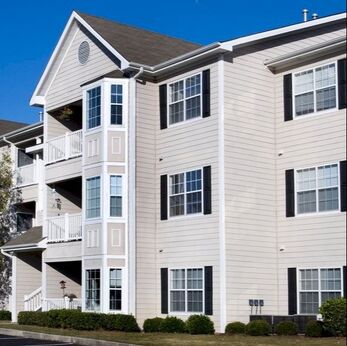Enhancing Wi-Fi Connectivity and Performance in Multi-Unit Settings for Maximum Customer Satisfaction
Enhancing Wi-Fi Connectivity and Performance in Multi-Unit Settings for Maximum Customer Satisfaction
Blog Article
In the current environment, maintaining a strong and reliable Wi-Fi connection is essential, particularly in multi-unit settings like flats or condo complexes. Many people rely on the network for employment, education, and leisure activities. Nonetheless, Wireless signals can have difficulty to reach every area of these buildings due to various barriers. These hindrances can consist of partitions, floors, and other digital equipment that interfere with the connection. To improve Wi-Fi connectivity and functionality in these settings, it is important to understand some foundational concepts of Wi-Fi networking.
One efficient way to boost Wi-Fi operation is by intelligently positioning gateways and extenders throughout the property. A middle location is usually ideal, as it enables the coverage to propagate uniformly in all directions. In spacious multi-dwelling units, multiple access points may be necessary. These devices help extend the range of the Wi-Fi network and provide better coverage to occupants in different parts of the structure. Additionally, using devices that support the latest wireless protocols can result in higher bandwidth and enhanced total efficiency.
Another key aspect Get the facts in optimizing Wi-Fi connectivity is reducing disruption from other devices. Most domestic appliances, such as microwaves and cordless phones, can interfere with Wi-Fi signals. It is recommended to position routers away from these devices to maintain a clearer signal. Additionally, modifying the frequency settings on a device can assist in reduce conflict from adjacent networks. The majority of devices automatically select the most suitable visit site band, but manually selecting a less crowded one can enhance efficiency.
Regularly updating device firmware is also necessary for ensuring optimal wireless performance. Manufacturers frequently issue updates that resolve issues and improve protection features. Keeping the software up-to-date guarantees that residents benefit from the most recent improvements and protections against potential risks. Furthermore, tracking bandwidth usage helps identify which endpoints consume more resources, allowing for better management of existing resources.
Finally, educating users about proper usage for using Wi-Fi can greatly enhance their experience. Basic measures such as connecting only necessary devices, using Ethernet links when possible, and regularly rebooting the router can make a difference. By creating a culture that understands how to optimize their network usage, multi-unit residences can enhance user experience and guarantee that all users enjoys a reliable Wi-Fi service. This integrated method of strategic deployment, minimizing conflict, maintaining equipment, and informing users will lead to a more efficient and satisfying Wi-Fi usage for all residents.